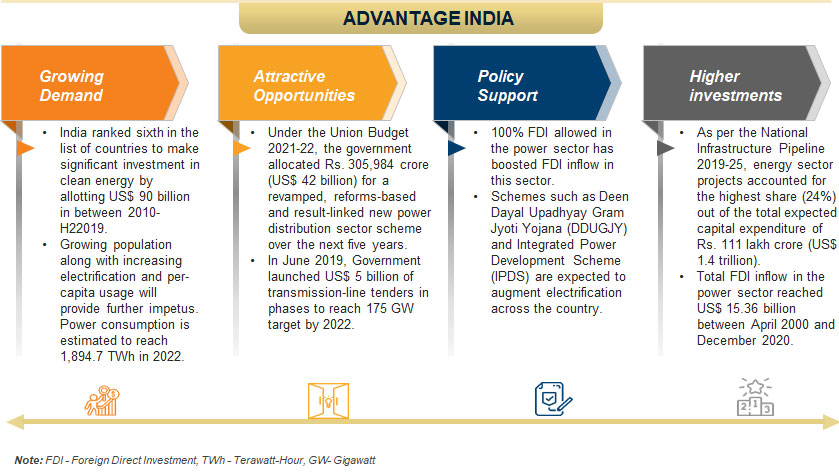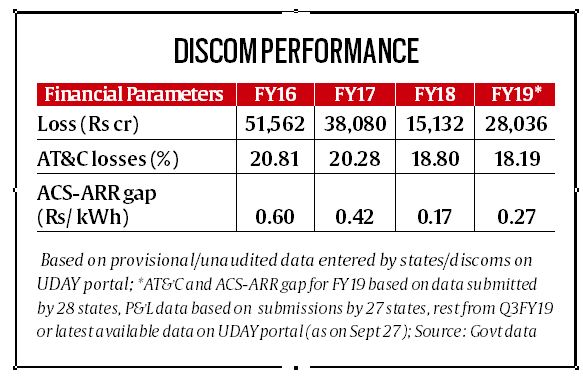With the Indian Parliament’s ongoing Monsoon session that had to arrive before September 14 as per the last session, it is expected to usher in greater changes and alleviate greater perils of Indian governance system.
With 17 new bills (one passed, become laws) likely to arrive and probably 25 in total to be considered for Parliament’s review, there is much excitement drawn in public, especially after the Covid crisis.
But there are a few special ones with all the limelight including the Draft Electricity Amendment Bill that is supposed to be tabled in this session after a prior approval from the Cabinet.
The same draft got circulated earlier in Jan 2021 and was to be passed in the Budget session.
What is this draft Amendment bill? How will it likely affect us?
Although much of the details regarding the draft have not been made publicly available, yet certain important liberating information is doing the rounds on the Internet. Few prominent ones deserve to be covered.
The bill seeks to de-license the much-bedeviled power distribution so it can remove the entry barriers for a few private players willing to compete in the sector and enable the consumers to choose one service provider from multiple-player arena.
Power Minister R K Singh said: “We proposed to delicense distribution of electricity just like the generation. The Cabinet note on the bill was circulated and all concerned ministries have approved it. But law ministry has one or two queries.”
This definitely does not bar the existing ones to continue operation, garnered with their experience in the sector, but with extra caution and no sense of domination.
This will ensure to work just like Telecom providers in the country.
Currently, either state-run or private power distribution services are mostly monopolized and consumers have no other option but to get electricity supply from one dedicated service provider available in an area of operation.
This goes irrespective of the Distribution Companies’ (Discoms) performance and availability of electricity.
This bill also therefore, highlights every individual’s right to electricity, 24 hours as basic right. But the bill is apt to even prescribe the duties of electricity consumers, in tandem with the rights they possess.
A Supreme Court judgement will also be brought to life through this bill wherein it has asked that Electricity Regulatory Commissions and Appellate Tribunals for Electricity (Aptel), must have a member with experience and qualification in law.
The Union Power Minister has asked to fix the Renewable Purchase Obligation (RPO) by the State Electricity commissions as per the guidelines prescribed by the Central Government.
And hence, there is a provision for increased penalty in case of non-compliance of renewable purchase obligation (RPO).
This is done to give due regards to the green energy goals India has set forth to increase and fulfil its share of renewable energy, under the global climate change concerns and various international commitments including The Paris Agreement.
To ensure greater security and reliability, the Bill may seek the unification of regional grids under enhanced supervision.
National Load Dispatch Centre (NLDC) may be given a greater role in this. Further, cross subsidies are to be disabled through this piece of legislation.
Back in 2012, GoI set up a National Electricity Fund (or the Interest Subsidy Scheme) to facilitate a subsidy (sort of Interest subvention by Government) on loans disbursed to the Distribution Companies (DISCOMS) – both in public and private sector.
Although the eligibility was linked to certain reform measures and the progress achieved in reforms linked parameters. In dearth of revenues and state inadvertences, the Discoms have struggled to remain operation and been largely cash-strapped.
The draft Bill aims to curtail this power of State Boards when it comes to cross-subsidies.
Through it, it hopes to shift the responsibility of framing the regulations for calculation of subsidy part from the states (State Electricity Regulatory Commissions), as per the National Electricity Tariff Policy.
Even the regulators in power sector failed to accomplish their basic task i.e., reflect the real costs without political considerations and involving the financial prudence.
The new bill aims to dissolve this subsidy and rather use this money for improving and strengthening the prevailing problems of the grid system across India and not any particular state.
Especially, the UTs are to be prioritized for regulated implementation.
Problems in the Distribution sector: why is it important to drive the amendment?
Distribution has been the most critical link in the entire power sector value chain because it is what provides the produced electricity to Indian households to be put to further use.
Leave alone the power producing sector, there are numerous challenges looming over the distribution system alone.
Coal, an important fossil fuel that accounts for over 75 percent of India’s energy supply (calculation as in 2019) and over 50 percent of its installed capacity, is a crucial asset for electricity generation in India.
When the coal prices get affected and rise in market, the inputs drive the costs of production that is further loaded onto the Distribution sector.
This is itself a problem for Discoms as despite the reforms, Discoms have been unable to pay the generation companies or GenCos, Transmission companies or Transcos and even the Banks/ Financial Institutions.
The dues become overdue when Discoms are unable to pay the Gencos for their supply of power, even after 45 days of generation of the bills.
Also, Discoms do not get ample revenues to sustain operations from its consumers as there is considerable electricity theft in India and rampant poverty that discourages a few to pay revenue at will.
While India’s current installed capacity lies around 383.37GW, the widespread demand is bare 200 GW. This is another imbalance that derails the progress in sector.
GoI has also launched Saubhagya scheme for electricity connections across the country.
This makes Discoms unable to extract their costs, the collection or the recovery makes up nearly 75 to 80 % of the power purchase costs.
Recently, a report by Forum of Regulators (FOR) came out on cost elements of Tariff and have even suggested measures to reduce tariff.
Aggregate Technical & Commercial losses (AT&C): It is a combination of energy losses (technical inefficiencies) as well as commercial losses.
Ujjwal DISCOM Assurance Yojana (UDAY) is a revival scheme drawn for electricity distribution that attempted to solve the financial mess maintaining the right balance between revenue and cost.
This centrally sponsored scheme oversees the technological and infrastructure upgrades like smart metering installation or energy-efficient bulbs etc.
The ‘Reforms-based and Results-linked “Revamped Distribution Sector Scheme” was also launched with conditional financial assistance and even made the smart metering compulsory.
According to UDAY dashboard 2020, the Aggregate Technical and Commerce (AT&C) losses of approximately 12 States made up more than 25 % and 6 States between 15 and 25 %.
The economic survey 2021 also flagged “substantial” AT&C losses considered to be very high compared to the fellow nations and more than twice the world average (6-8% losses are acceptable).
As per Central Electricity Authority report: “T&D losses have been declining since 2001-02 but are still substantial. As compared to the T&D losses of the peer countries. India’s T&D losses are very high.”
As of November 2020, these losses stood at Rs 1.39 lakh crore.
Although All India Power Engineers Federation (AIPEF) has asked for more inclusivity and transparency, but the government records have shown that all stakeholders from the industry have been involved in the discussion.
The Indian Constitution has placed the power as a Concurrent subject (to be legislated by both: Centre and State level) but the responsibility for its distribution and supply to rural as well as urban consumers rests with the states.
What shall be looked out more?
After providing a robust framework for fair competition, the Government should minimize its frequent interventions in the sector. The Government interventions often distort market and may be resorted to only in case of market failure.
Progress has been made in this sector already as the installed capacity has increased along with enhanced energy efficiency and improved energy intensity (quantity of energy required to produce a unit of output) in India.

Yet we need to address the other perils preventing this sector from flourishing ahead.
With India’s power demands, as per ICRA (Investment Information and Credit Rating Agency), is expected to rise approximately 6% in FY22 dur to adverse factors including climate change.
Its better we start working on it now.


